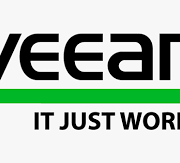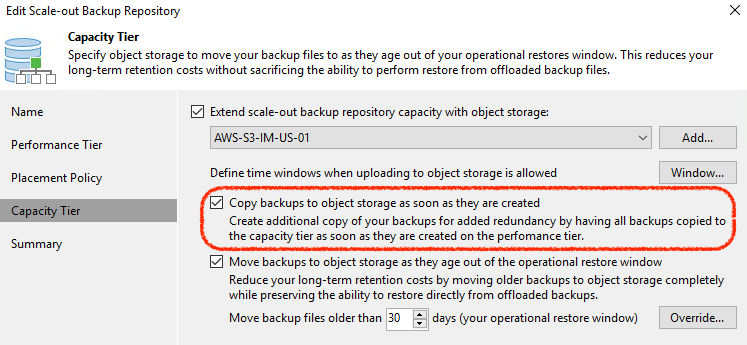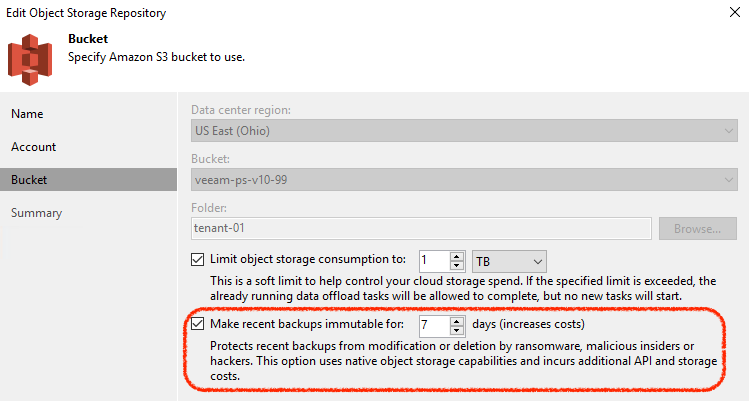Revolutionizing Remote Access: Unraveling the Advantages of ZPA VPN
As the workforce becomes increasingly distributed, the demand for secure and efficient remote access solutions has never been more pressing. Enter Zero Trust Network Access (ZPA) VPN, a paradigm-shifting approach that redefines how organizations provide secure access to their resources. In this blog post, we’ll delve into the transformative benefits of ZPA VPN and how it is reshaping the landscape of remote access.
- The Evolution Beyond Traditional VPNs: Traditional Virtual Private Networks (VPNs) have long been the go-to solution for remote access. However, they often come with limitations such as complex configurations, potential security vulnerabilities, and a one-size-fits-all approach. ZPA VPN represents a departure from these shortcomings, embracing a Zero Trust model that prioritizes security and flexibility.
- Zero Trust Security Architecture: ZPA VPN operates on the Zero Trust security principle, assuming that no user or device should be trusted by default, even if they are inside the corporate network. This approach mandates verification and authentication for every user, device, and application attempting to access corporate resources, mitigating the risk of unauthorized access and lateral movement.
- User-Centric Access Policies: Unlike traditional VPNs that often rely on network-centric access policies, ZPA VPN prioritizes user-centric policies. Access decisions are based on user identity, device posture, and contextual information. This user-centric approach allows organizations to tailor access policies to individual users, ensuring a more granular and adaptive security stance.
- Micro-Segmentation for Enhanced Security: ZPA VPN employs micro-segmentation to create isolated, secure segments within the network. This ensures that users only access the specific applications and resources they need, minimizing the attack surface and limiting the potential impact of a security breach. Micro-segmentation enhances overall security without sacrificing user productivity.
- Simplified User Experience: The user experience is a critical factor in the success of any remote access solution. ZPA VPN offers a simplified and intuitive experience for end-users. With seamless single sign-on (SSO) capabilities and minimal user intervention required, ZPA VPN eliminates the friction associated with traditional VPNs, contributing to higher user adoption and satisfaction.
- Scalability for Modern Workforces: As organizations scale and adapt to evolving work environments, the need for a scalable remote access solution becomes paramount. ZPA VPN is designed to scale effortlessly, supporting a growing number of users and devices without compromising performance. This scalability is particularly valuable for businesses experiencing dynamic growth or changes in workforce dynamics.
- Application-Aware Access Control: ZPA VPN goes beyond the traditional network-level access control to provide application-aware access control. This means that access policies can be defined and enforced at the application layer, ensuring that users only access the specific applications they are authorized to use. This level of granularity enhances security and aligns with the principles of least privilege access.
- Compliance and Auditing Capabilities: In industries where regulatory compliance is paramount, ZPA VPN offers robust auditing and compliance capabilities. The solution provides detailed logs and reports on user activities, facilitating compliance with data protection regulations and industry-specific standards. This transparency is crucial for organizations navigating a complex regulatory landscape.
ZPA VPN stands at the forefront of the remote access revolution, offering a secure, user-centric, and scalable solution for the modern workforce. By embracing the principles of Zero Trust, micro-segmentation, and application-aware access control, ZPA VPN addresses the limitations of traditional VPNs and provides organizations with the tools they need to navigate the complexities of remote access securely and efficiently. As businesses continue to embrace remote work and digital transformation, ZPA VPN emerges as a strategic ally, empowering organizations to redefine how they provide secure access to their resources in an increasingly dynamic and interconnected world.






